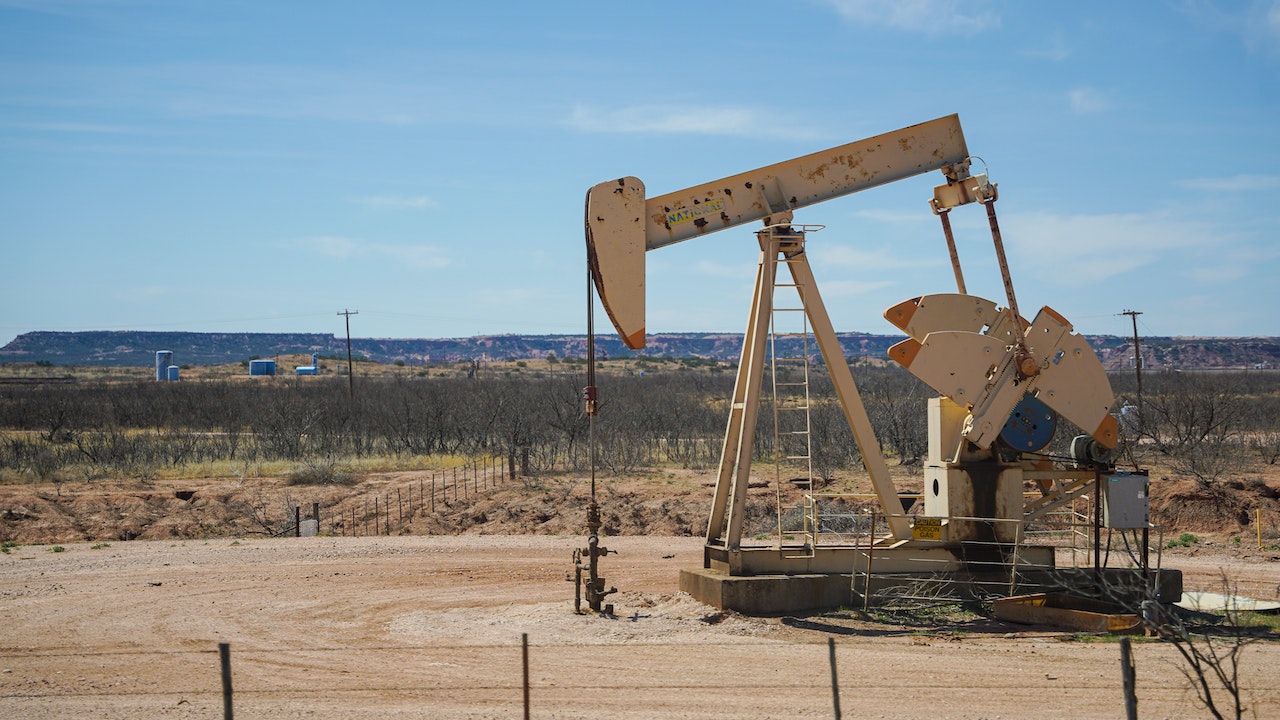The Trans Mountain pipeline expansion, a colossal project that has been fraught with delays and controversy, is nearing completion, heralding a transformative shift for the Canada’s oil sector and global energy markets. This ambitious endeavor, set to transport an additional 600,000 barrels of oil daily, equivalent to Azerbaijan’s daily output, is poised to reposition Canada as a significant player in the international energy arena.
For Canada’s oil producers, the government-owned Trans Mountain expansion offers a lifeline to diversify their market reach and secure better prices for their crude, reducing their historical reliance on US exports. Simultaneously, the global energy landscape anticipates a new source of heavy, sludgy oil, sought after by advanced refineries in India and China for the production of transportation fuels and asphalt.
Originally slated for operational commencement in the first quarter of the coming year, the project’s timeline faces uncertainty due to technical challenges encountered during tunneling along a 1.3-kilometer stretch. This setback could further delay the project, which has already witnessed years of postponements and escalating costs, largely attributed to opposition from environmentalists and indigenous groups.
The Trans Mountain pipeline spans 715 miles, traversing the Canadian Rockies’ pristine pine-covered terrain, linking landlocked Alberta to the bustling port city of Vancouver on the Pacific Coast. The existing 70-year-old line, Canada’s sole conduit to the Pacific, primarily supplies oil to refineries in British Columbia and Washington State. By twinning the line, capacity will surge from the current 300,000 barrels per day to an impressive 890,000 barrels daily.
However, this monumental project has faced multiple challenges since its approval seven years ago, including vehement opposition from environmental organizations concerned about increased ship traffic’s impact on killer whales and indigenous communities fearing potential land contamination.
In 2018, the project’s original owner, Kinder Morgan Inc., threatened to abandon the expansion, prompting Prime Minister Justin Trudeau to step in and acquire the system for C$4.5 billion ($3.3 billion). Subsequently, a series of hurdles, from floods and worker shortages to fatalities and the COVID-19 pandemic, have ballooned the project’s cost to nearly C$31 billion, while pushing the startup timeline back by approximately two years.
The Trans Mountain pipeline expansion’s impact on Canada’s reliance on US oil buyers remains uncertain. Although originally intended to funnel Canadian crude to Asia, some experts believe the primary destination will be the US West Coast. The likes of Chevron Corp., BP Plc, and Marathon Petroleum Corp., which own numerous refineries along the US Pacific Coast, currently import a significant portion of their feedstock from distant sources like Saudi Arabia and Iraq. The shortened voyage from Vancouver, where Trans Mountain concludes, could make Canadian crude an attractive alternative.
John Coleman, Research Director at Wood Mackenzie Ltd., asserts that the US West Coast is the “easier fit for the majority of volumes early on.” In the short term, Canadian crude might struggle to penetrate the Asian market, already inundated with Russian oil.
Nonetheless, some analysts, such as Martin King, a senior oil analyst with RBN Energy, believe that the majority of the oil will eventually find its way to Asia, particularly given the participation of Chinese trader PetroChina, which has secured substantial space on Trans Mountain for supertanker shipments.
The pipeline’s impact could reverberate throughout the US, affecting the volumes transported to the Midwest and Texas. In 2022, Canada accounted for 100% of oil imported by Midwest refiners and a third of foreign oil used on the Gulf Coast, a hub of global refining activity.
Additionally, Trans Mountain’s emergence may disrupt Montreal’s oil supply chain, leading to increased imports of light oil from the US.
Ten prominent companies, including BP Plc and PetroChina Co., have committed to shipping around 710,000 barrels of oil daily through Trans Mountain, constituting approximately 80% of its total capacity. These contracts necessitate payments even if the pipeline remains underutilized, potentially diverting oil away from pipelines lacking contracted space, such as Enbridge Inc.’s Mainline system, a vital component of Canada’s oil export network.
However, the escalating construction costs have inflated fixed interim tolls from C$4.33 to C$10.88 per barrel, undermining the project’s pledge of providing a cost-effective route to Asian markets. Canadian Natural Resources Ltd. and others are urging regulators to review these fees, indicating that the toll issue remains unresolved.
As the completion of the Trans Mountain pipeline draws near, Canada’s oil producers, primarily concentrated in the remote oil sands of northern Alberta, envision expanded capacity that may temporarily exceed industry demand. This surplus capacity has prompted companies like Canadian Natural and Cenovus Energy Inc. to plan for increased production. The Canada Energy Regulator forecasts a potential rise in Canada’s oil production by over 900,000 barrels per day, reaching more than 6 million barrels daily by the end of the decade.
The project also holds the potential to reduce the heavy discounts that Canadian oil endures in comparison to benchmark US crude. Currently, Western Canadian oil faces a discount of $17 per barrel, which could narrow to single digits with the pipeline’s operation, according to industry experts.
Moreover, Trans Mountain’s emergence may elevate the Edmonton terminal in Alberta into a significant new pricing center for crude, further reshaping the dynamics of Canada’s oil industry.
As the Trans Mountain pipeline expansion inches closer to becoming a reality, Canada’s oil sector stands at a crossroads, poised to redefine its global position and shape the future of the nation’s energy exports. Nevertheless, the project continues to grapple with technical challenges and contentious environmental concerns, leaving the industry and observers alike eagerly awaiting its eventual in-service date.
Source: Bloomberg



